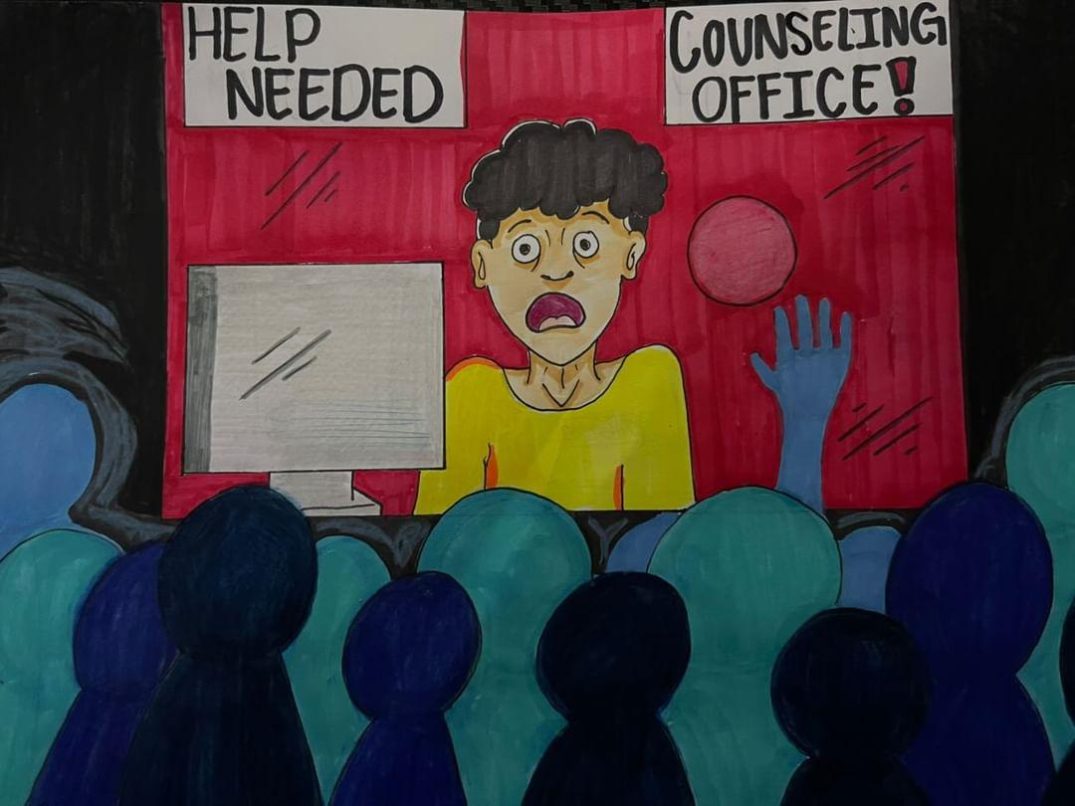my great-grandmother after she had been diagnosed with breast cancer. I was still in high school and she was in her mid 80s.
Before walking into my grandmother’s house, I didn’t know how my great-grandmother Millie would look or feel with her new diagnosis. Hesitantly, I opened the front door and to my surprise, I saw Millie sitting with her right leg slung over the arm of the chair brandishing the most sarcastic smirk on her face.
“What are you starin’ at huh?” she said.
I knew instantly that she was going to make the pesky cancer another chapter in the book of her life. It was nothing that her strong German blood couldn’t take down.
I was a witness to her strength and confidence, and I have learned that stamina, support and awareness are important in overcoming and dealing with breast cancer.
October is National Breast Cancer Awareness Month. Started in 1985 by the American Cancer Society, the goal of NBCAM from the beginning was to raise awareness and find a cure.
Evelyn Lauder, Senior Corporate Vice President of Estee Lauder Companies, who also founded the Breast Cancer Research Foundation, created the pink ribbon symbol of awareness in 1991.
As I get older, I realize that no one is too young or old to be diagnosed with breast cancer; That’s why it is extremely important to be proactive in early detection and knowing the signs and symptoms.
As college students, a majority of us are under 40 years old and may feel invincible at times. Although it’s rare, approximately five percent of breast cancers occur in women under age 40.
According to the Susan G. Komen for the Cure foundation, women starting at age 20 should get clinical breast exams every three years until age 40, and then every year after that.
Understanding your family history plays a part in breast cancer prevention.
A woman’s risk of breast cancer approximately doubles if her mother, daughter or sister has been diagnosed with breast cancer. About 15 percent of women who get diagnosed with breast cancer have had a family member diagnosed with it, according to the American Cancer Society.
Men are also at risk. In 2012 alone, it is predicted that there will be 2,190 diagnoses of breast cancer among males.
However, his disease is about 100 times more common among women than men, mainly because men have less of estrogen and progesterone which can promote breast cancer cell growth, according to the American Cancer Foundation.
For those who are in the midst of this heart aching battle or those who have lost someone dear to them because of it, I hope that everyone takes this month to recognize the strength and hope that it takes to fight this disease.
According to the Susan G. Komen for the Cure foundation, there are four steps to understand in order to take preventative action against breast cancer: know your risk, get screened, know what is normal for you and make healthy lifestyle choices.
Get involved this month. Schedule exams and encourage other women in your life to do so as well. Organizations such as Susan G. Komen for the Cure welcome volunteers and supporters to take place in various events that raise awareness and funds to find a cure.
My great grandmother’s feisty disposition when staring breast cancer in the face was proof that with support, strength and a sense of humor, you can overcome obstacles while also raising awareness for others.






